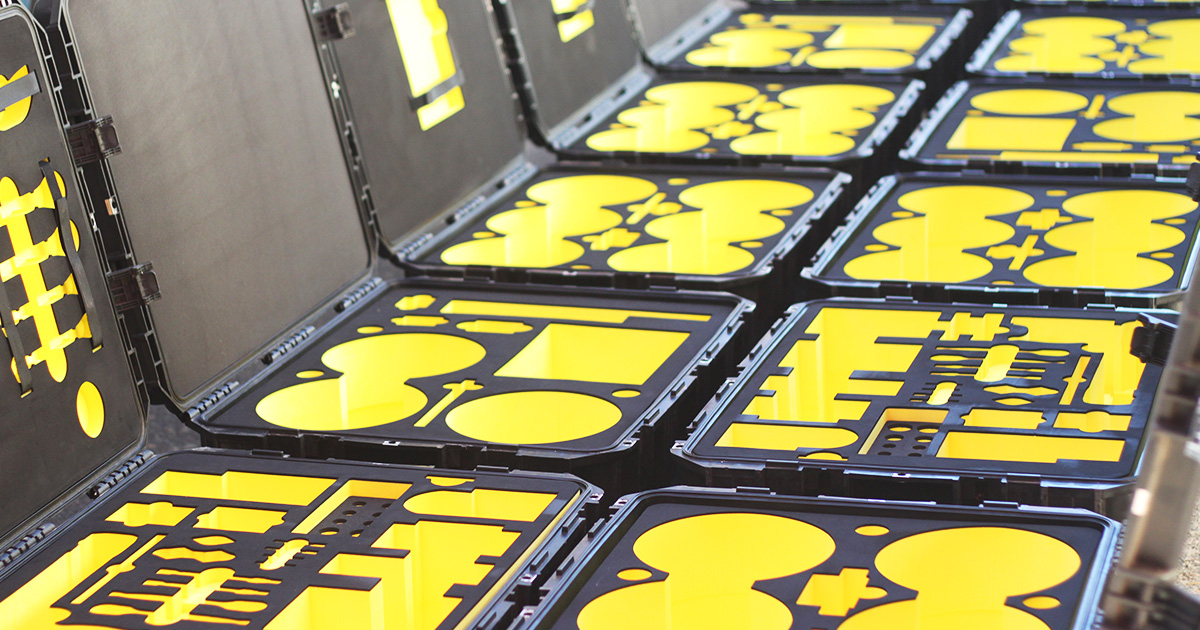CNC Machining Foam
What is Electrolysis and galvanic corrosion?
Galvanic Corrosion is the corrosion that occurs when two dissimilar metals are used together in a structure and exposed to an electrolyte (salt water, chemical, petrol) and the less noble of the 2 metals will corrode. For example; aluminum sheet with steel fasteners on a boat. Some pairings of metals are more at risk of galvanic corrosion. Check a galvanic series or chart.
Electrolysis is the acceleration of the galvanic corrosion when electricity is introduced to the metals in question. Connected by an external electrical source, the less noble metal experiences accelerated galvanic corrosion.
while both processes involve metals and electrolytes, their dependence on an external voltage source distinguishes them.
If you’re evaluating a cnc machine for foam parts, start with process fit. PJ Bowers combines CAD, rapid prototyping, and multiple CNC methods—routing, knife cutting, waterjet, and wire profiling—so you move from concept to clean, repeatable components efficiently.

Why CNC for Foam?
Foam behaves differently from metals or timber; consequently, you choose the process to match geometry, tolerance, finish, and volume. With the right setup, you improve yield, reduce rework, and keep edges crisp—especially on multi-depth pockets, radii, and long profiles. Capability overview:
https://www.pjbowers.com.au/services/our-servicesCNC Methods we Run in House
CNC Routing - Removes material precisely for trays, pockets, chamfers, and bevels. Ideal for case inserts and multi-layer assemblies where accurate depths matter. More:
https://www.pjbowers.com.au/services/our-services CNC Knife Cutting - High-speed knife cutting delivers fast, accurate 2D profiles with minimal kerf—perfect for silhouettes that don’t require pocketing. More:
https://www.pjbowers.com.au/services/our-services CNC Wire Profile Cutting - Cuts complex 2D shapes without heat-affected edges. Excellent for intricate gaskets, logos, and detailed panels. More:
https://www.pjbowers.com.au/services/our-services Splitting and Skiving - CNC-controlled splitting to tight thickness tolerances. You can dial in weight, buoyancy, and stackups without over-machining.
Laser Cutting and Etching - Add part IDs, logos, and shadow labels—handy for visual tool control and kitting. More:
https://www.pjbowers.com.au/tool-control 
Design to Delivery Workflow
First, our engineers create CAD and toolpaths. Next, we prototype so you can test fit, handling, and protection. Then we scale to short- or long-run manufacturing with ERP-tracked quality, kitting, and distribution as required. Full services:
https://www.pjbowers.com.au/services/our-servicesFoam materials we machine
•
Neolon® XPE: buoyancy, insulation, durable protection.
https://www.pjbowers.com.au/products/neolon-foam
•
Neofoam® PE: structural packaging, firm pocket walls.
https://www.pjbowers.com.au/products/polyethylene-pe-foam
•
Neofoam® EVA: elasticity and rebound for impact-friendly inserts.
https://www.pjbowers.com.au/products/eva-foam
•
Ethafoam®: inert, non-abrasive supports for conservation and handling.
https://www.pjbowers.com.au/products/ethafoam
•
Zotefoams Plastazote® / Evazote®: consistent, technical performance.
https://www.pjbowers.com.au/products/plastazote-evazote-foamsApplications we deliver
•
Tool control: custom shadow-board inserts with laser-etched IDs and variable pockets.
https://www.pjbowers.com.au/tool-control•
Protective packaging: engineered case inserts for instruments and electronics.
https://www.pjbowers.com.au/custom-foam-inserts•
Marine & transport: shaped buoyancy, fenders, and profiles for harsh environments.
https://www.pjbowers.com.au/industries/marine•
Construction: precision strips, joint fillers, and seals that install cleanly.
Stiff joint filler (PE120):
https://www.pjbowers.com.au/products/stiff-expansion-joint-fillerBridgefoam® expansion joint:
https://www.pjbowers.com.au/products/bridgefoam-neolon-expansion-joint• Medical & archival: cut supports and mounts where purity and surface finish matter.

How to spec your CNC foam job
1. Share the CAD: STEP/IGES/DXF plus a simple drawing with depths and radii.
2. Pick the material: match foam type and density to environment and load.
3. Call tolerances early: specify thickness, pocket depth, kerf, and edge quality.
4. Plan finishing: add laser marks, hard tops/backs, or lamination as needed.
5. Decide volumes: we prototype rapidly, then scale to production.
Ready to Cut
Talk with our engineers about the right cnc machine process for your foam part.
• Custom Foam Inserts:
https://www.pjbowers.com.au/custom-foam-inserts
• Our Services:
https://www.pjbowers.com.au/services/our-services
• Request a quote:
https://www.pjbowers.com.au/contact-us
Prefer to buy sheets online? FoamProducts.com.au:
https://foamproducts.com.au/FAQs
Which cnc machine should I use for foam pockets?A: Use CNC routing for variable-depth pockets and bevels. Choose CNC knife or waterjet for fast 2D profiles. More:
https://www.pjbowers.com.au/services/our-services
Can you handle short runs and scale later?A: Yes. We prototype quickly and then scale to short- or long-run manufacturing with ERP-tracked quality and logistics.
Do you laser-mark tool silhouettes?A: Absolutely. We can laser etch part numbers, artwork, and pocket labels for visual tool control:
https://www.pjbowers.com.au/tool-control 
How is the Hardness of Foam Measured?
Understanding the hardness and compression of a foam is important when deciding which material and density is best for your project..
Learn more

Noise is annoying, make it whisper - Acoustic Panels
Our acoustic panels have landed. It absorbs sound indoors and outdoors. Learn more about the noise reduction results of Whisper..
Learn more

The World's Most Tested Packaging Foam - Ethafoam
..to protect and stabilise items, thoughtful calculations achieve the ideal balance of cost and amount of foam needed..
Learn more

Marine Buoyancy Foam
Marine buoyancy or commonly asked for as “foam used in boats”, is available in several different materials..
Learn more







